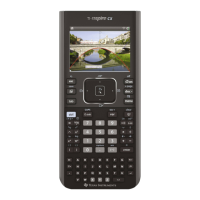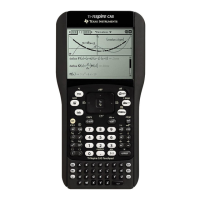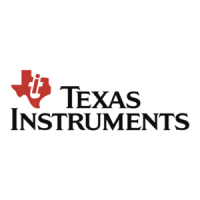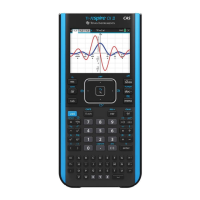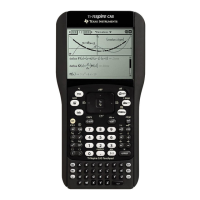70 CBLé System Guidebook
Miscellaneous Reference Information
(Continued)
Determining the Minimum Sample Time
Different minimum sample times apply depending on what is currently
active on the CBL. Several conditions that affect minimum sample times
are: number of active channels, what is being measured, status of record
time, Statistics post-processing, etc.
For the table below, the following rules apply:
¦ For conditions 1–4, the largest sample time applies regardless of how
many other conditions are active.
¦ For conditions 5–7, and no condition 1 through 4 active, add the
minimum sample time for each active item.
Condition
Minimum Sample Time (in
Seconds)
1. Period/Frequency
measurement
0.25
2.
SONIC
channel 0.008 (see note below)
3. Statistics post-processing =
on
0.0030
4. Manual Trigger or Manual
and Sample Trigger = on
0.0006
5. Number of active channels add 0.00010 for each channel (100
µsec)
6. Record Time = on add 0.000064 (64 µsec)
7.
DIG IN
or
DIG OUT
= on add 0.000080 (80 µsec)
Minimum Sample Time Examples
Active Elements Minimum Sample Time
CH1
active, everything else
is off
0.00010
(Condition 5.)
CH1
, Frequency 0.25 + 0.00010 = 0.25 (Conditions 1
and 5, but 1 is largest value.)
CH1
,
CH2
, Manual Trigger 0.00010*2 + 0.0006 = 0.0006
(Conditions 4 and 5, but 4 is largest
value.)
CH1
,
CH3
, Record Time,
DIG IN
0.00010*3 + 0.000064 + 0.000080=
0.000444 (Add Conditions 5, 6, and
7.)
Note: The actual minimum sample time for the
SONIC
channel is
dependent on the motion detector that you use. Consult your motion
detector documentation for actual minimum sample time allowed.
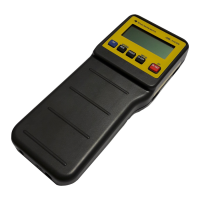
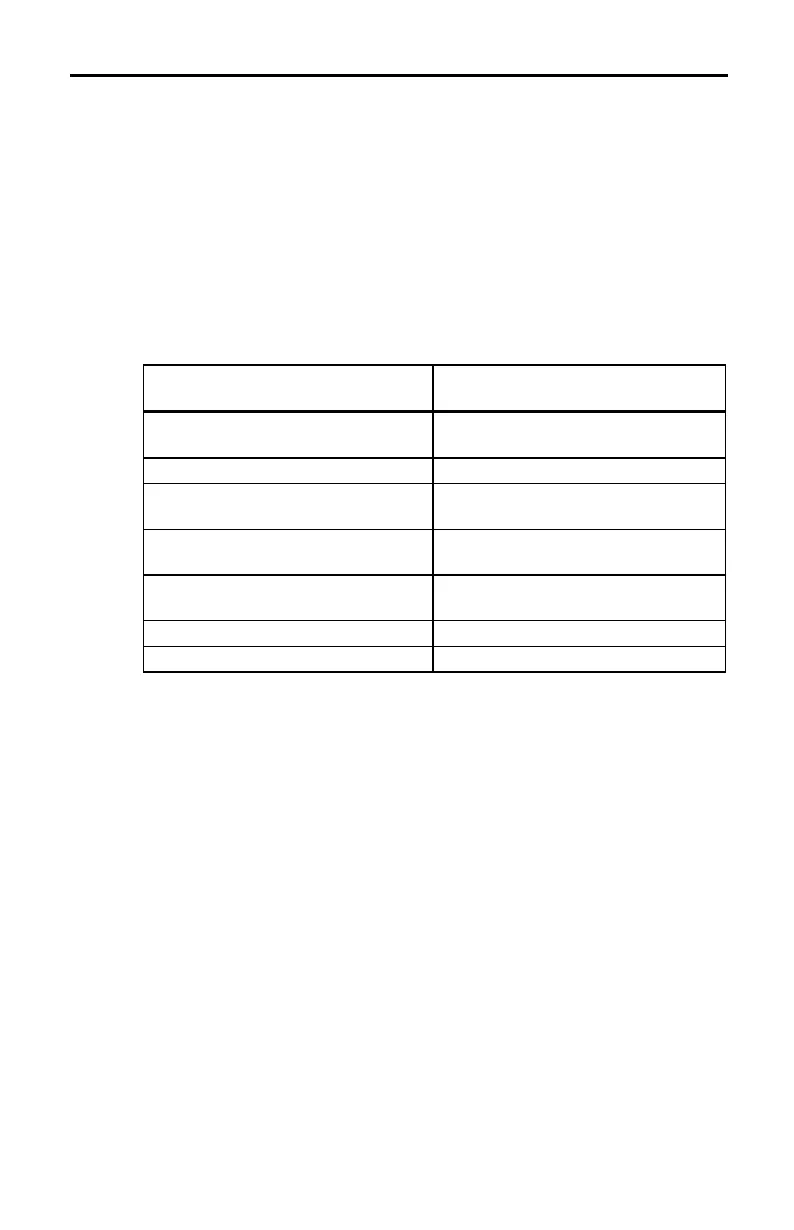